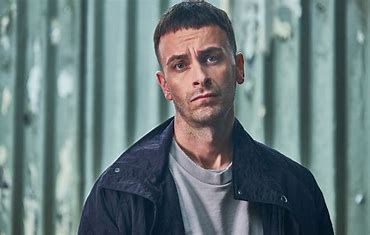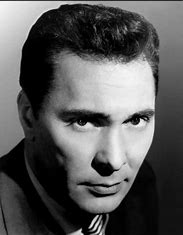Introduction
Winnie the Pooh is a beloved children’s character that has been around for almost a century. He is known for his love of honey, his friends in the Hundred Acre Wood, and his innocent, childlike nature. However, in recent years, there has been a darker side to Winnie the Pooh that has emerged in various forms of media, including the movie “Blood and Honey.”
The Synopsis of “Blood and Honey”

“Blood and Honey” is a movie that was released in 2018 and is directed by David Slade. The movie is a horror film that is centered around Winnie the Pooh, who is portrayed as a killer. The plot follows a group of friends who go on a camping trip in the woods and stumble upon a cabin where they find a VHS tape containing footage of a man dressed as Winnie the Pooh committing gruesome murders.
The friends soon realize that they are being stalked by the killer, who is now wearing the Winnie the Pooh costume. The movie is filled with suspense, gore, and jump scares as the friends try to survive the night and escape the killer Pooh.
The Dark Side of Winnie the Pooh
The concept of a killer Winnie the Pooh may seem shocking and out of character for the lovable bear that we all know and love. However, there have been other instances where Winnie the Pooh has been portrayed in a darker light. For example, in the TV series “Robot Chicken,” there is a segment where Winnie the Pooh is shown as a drug addict who is struggling with addiction.
There is also the theory that Winnie the Pooh and his friends in the Hundred Acre Wood represent different mental illnesses. For example, Eeyore represents depression, Tigger represents ADHD, and Piglet represents anxiety. This theory suggests that the Hundred Acre Wood is actually a representation of the inside of Christopher Robin’s mind, and each character represents a different aspect of his mental health.
The Meaning of “Blood and Honey”
While “Blood and Honey” may seem like a simple horror movie on the surface, there is actually a deeper meaning behind it. The movie is a commentary on the dark side of childhood nostalgia and how our memories of innocence and happiness can be twisted and distorted over time.
Winnie the Pooh is a character that is beloved by millions of people around the world, and the idea of him being a killer is shocking and disturbing. However, the movie forces us to confront the fact that our childhood memories are not always as innocent as we remember them to be. The movie is a reminder that sometimes, the things we love can be twisted and corrupted, and that we should be careful not to hold onto our nostalgia too tightly.
Conclusion
“Blood and Honey” is a movie that is sure to shock and disturb audiences with its portrayal of Winnie the Pooh as a killer. However, the movie is more than just a simple horror film. It is a commentary on the darker side of childhood nostalgia and the way that our memories can be distorted over time. While it may be unsettling to see Winnie the Pooh in such a dark light, it is important to remember that sometimes, the things we love can be twisted and corrupted, and that we should always be careful not to hold onto our nostalgia too tightly.
FAQ
What is ‘Blood and Honey’?
‘Blood and Honey’ is a fan-made short film that explores the darker side of Winnie the Pooh and his friends.
What is the synopsis of ‘Blood and Honey’?
The film follows a disillusioned Christopher Robin who returns to the Hundred Acre Wood after years of absence. He finds that his childhood friends, Winnie the Pooh and his gang, have become corrupted and violent. Christopher must confront his own demons and the dark side of his beloved childhood memories.
What is the meaning behind ‘Blood and Honey’?
‘Blood and Honey’ is a commentary on the loss of innocence and the corrupting influence of power. It explores the idea that even the most innocent and pure things can become twisted and dark over time. The film also touches on themes of trauma, mental illness, and the struggle to reconcile with one’s past.



